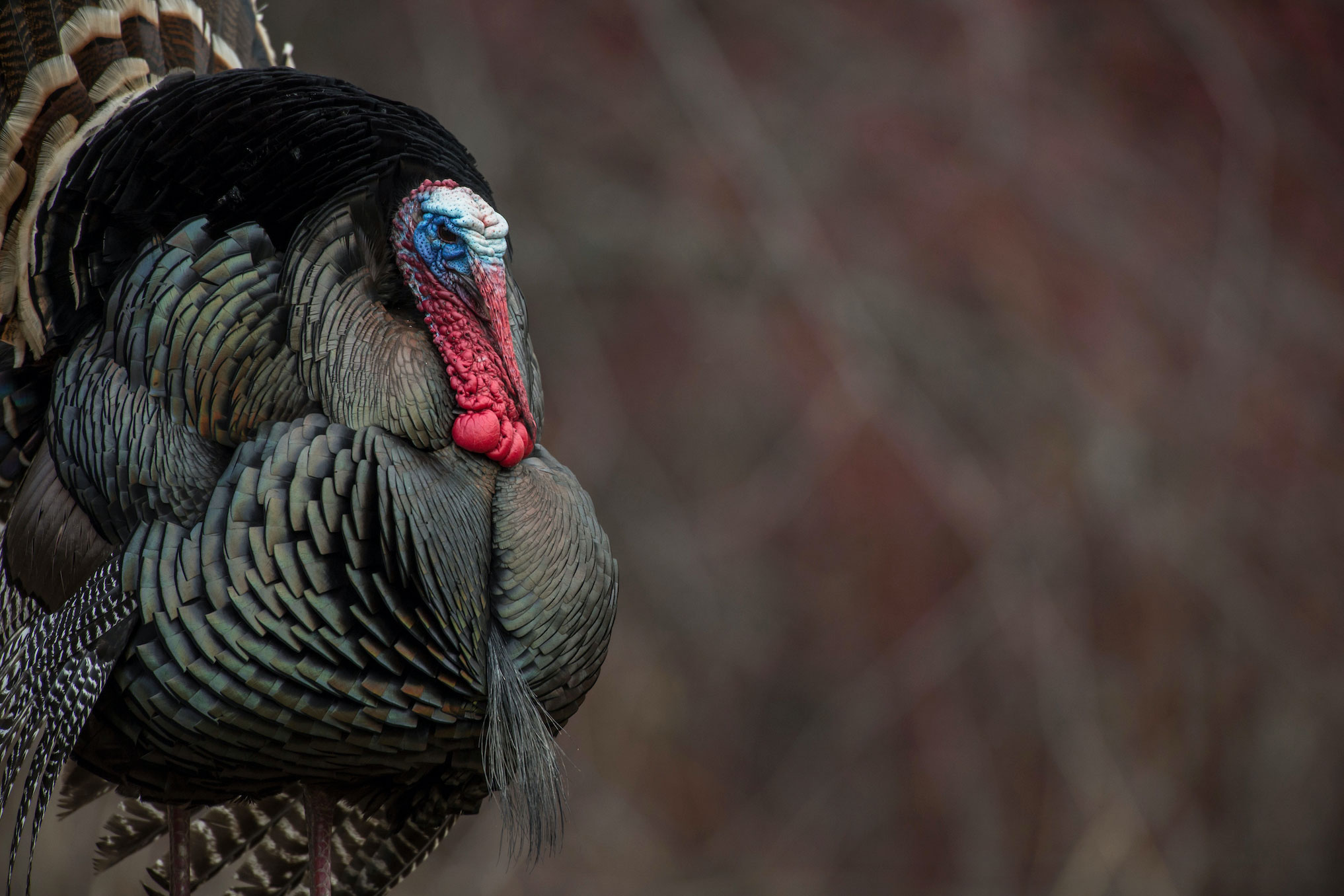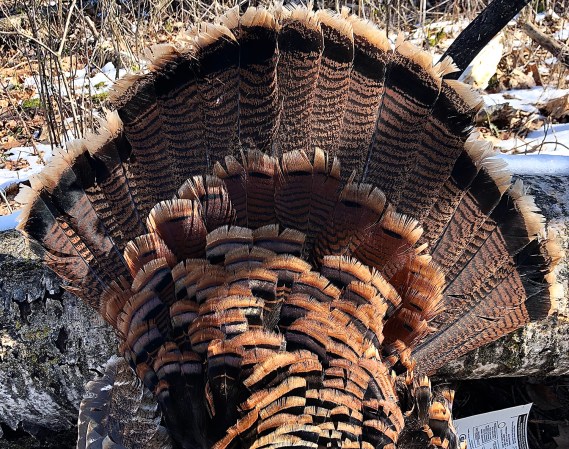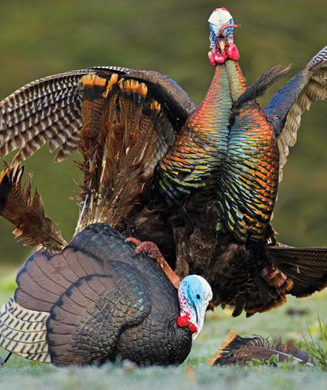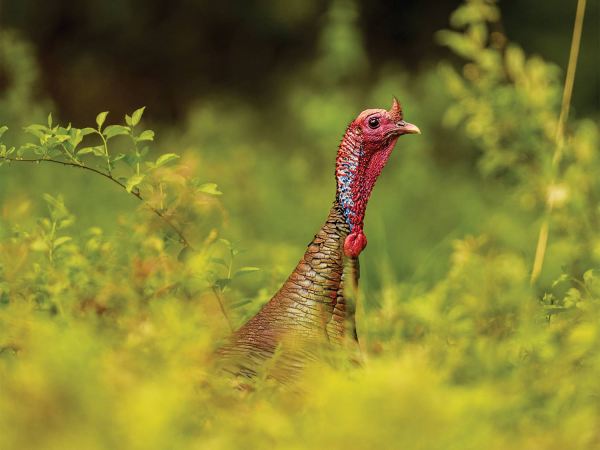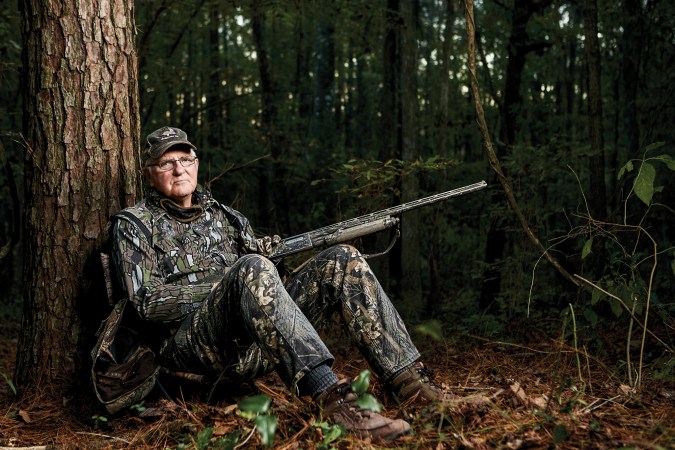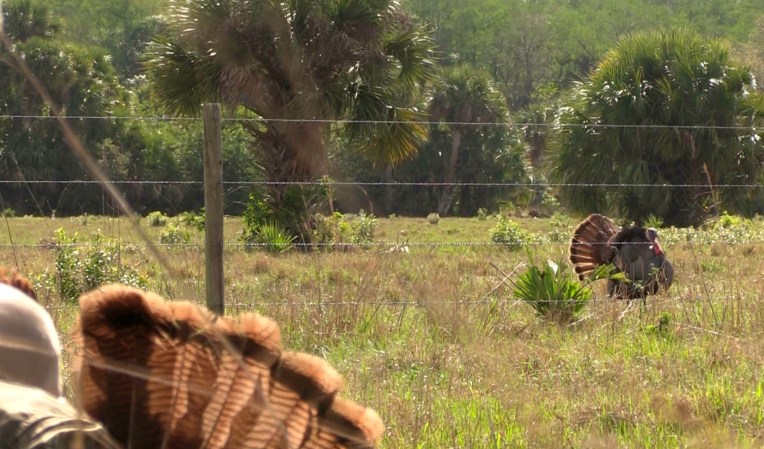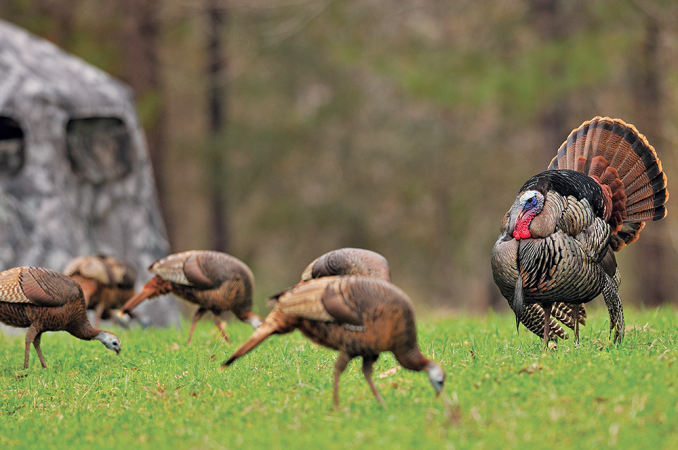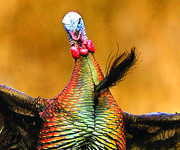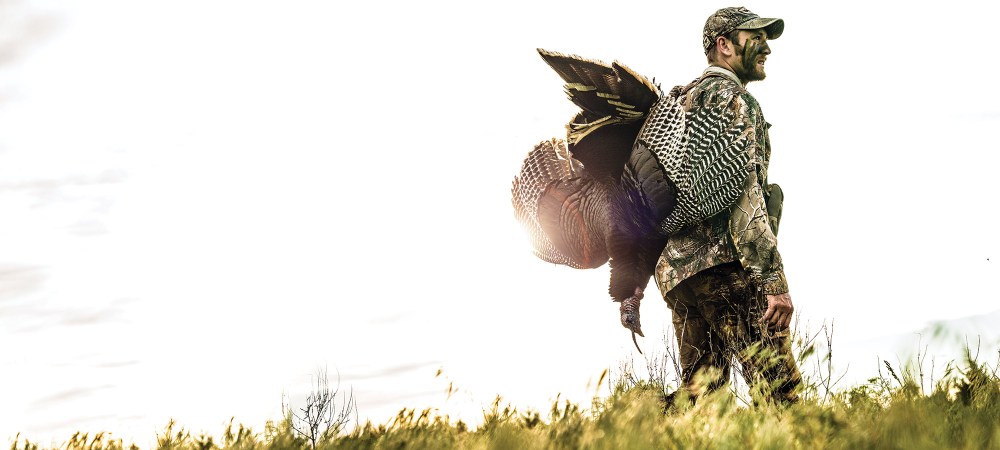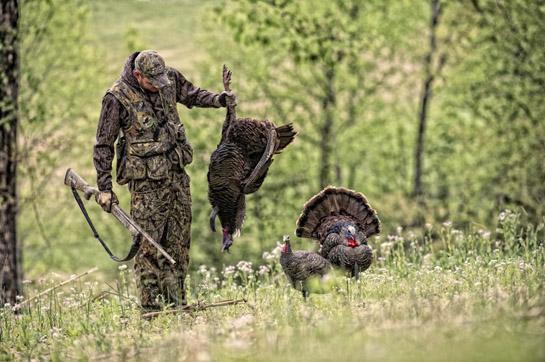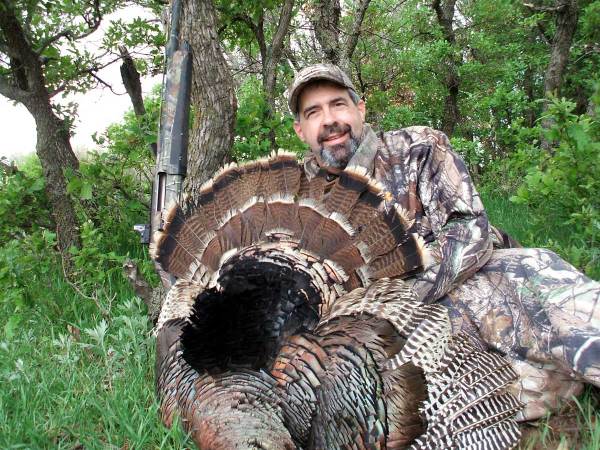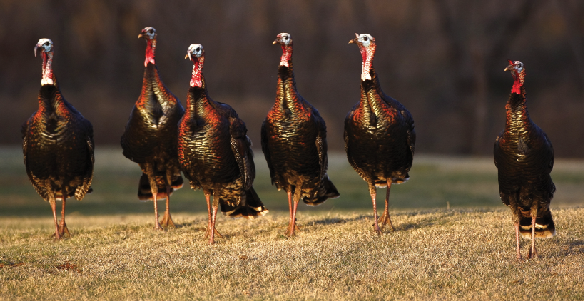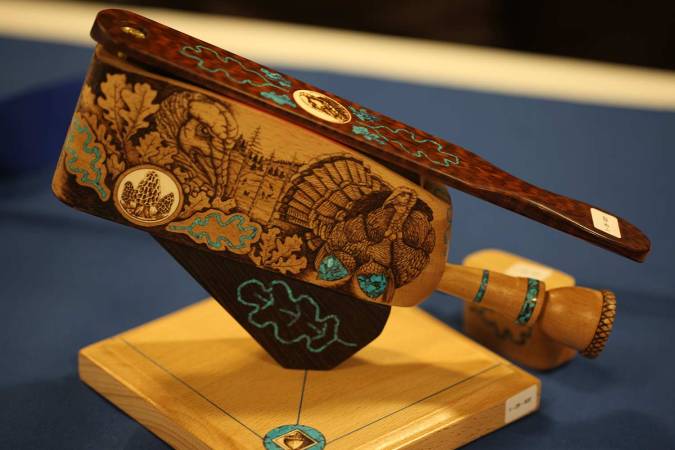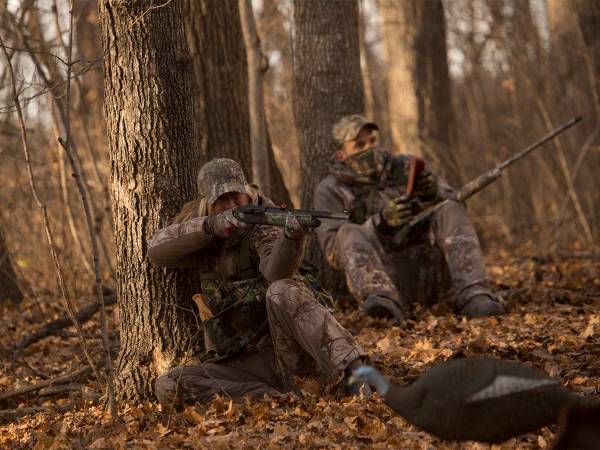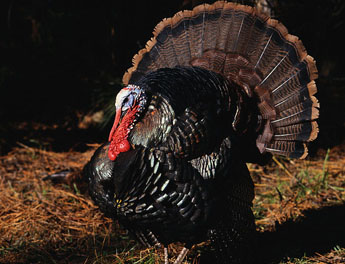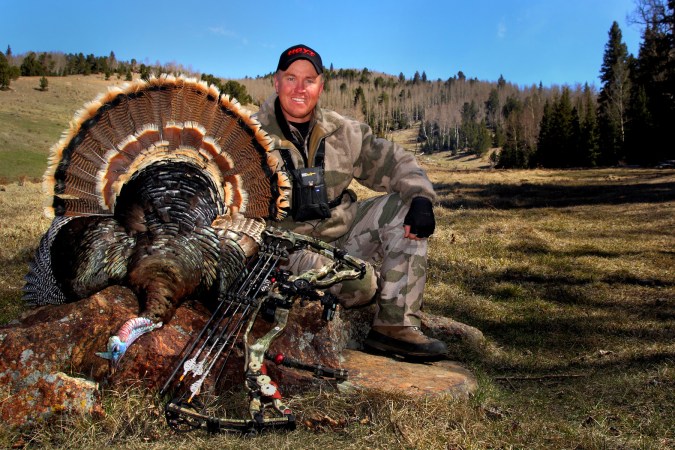The act of fanning a wild turkey should be made illegal in the United States. This statement has triggered countless keyboard arguments on social media platforms and has caused a giant divide among turkey hunters. Fanning, also known as “reaping,” is the act of moving behind a turkey fan or a decoy into shooting range of a tom, and this tactic has grown in mass popularity in the past 10 years. It’s gone from a fringe tactic to one that’s now being deployed by many turkey hunters.
Reaping turkeys is now the most prominent form of turkey hunting seen on The Outdoor Channel and across social media platforms, such as Instagram and TikTok. The video footage of an angry, charging wild gobbler tends to garner hundreds of thousands of views. The high success rate of this tactic also lends itself to getting more kills on camera to show to the audience. This has led to a whole new generation of turkey hunters learning that fanning and reaping are acceptable and useful methods of turkey hunting.

There are several augments I could make against fanning in terms of hunter’s safety and hunting ethics. But those arguments have been made hundreds of times with little effect. There is one critical aspect of the fanning debate, however, that isn’t talked about nearly enough, and that’s simple turkey biology. I maintain that to conserve the wild turkey for future generations, regulations (or legislation) must be passed to outlaw this practice.
Banning the Fan in Tennessee
I have been fighting to have this tactic banned in my home state of Tennessee where we have seen a large decline in wild turkeys. Even with the population decline, the harvest rate is staying the same, and in many places, the harvest is actually increasing.
A survey of Tennessee license holders following the 2021 season showed that 60 percent believed the state’s flock was in decline. The TWRA commission realized following the 2020 season that changes must be made as the turkey flock continued to decline. Before the 2021 season, the four-bird per season bag limit was reduced to three statewide and cut to just two in a few of the hardest-hit counties (seasons also opened later in these counties).
TWRA commissioner Tommy Woods acknowledged in the latest commission meeting that even though 60 percent of Tennessee hunters are reporting that they are seeing fewer birds, the harvest rate has stayed the same. He said he thinks the method of take has improved with reaping and the use of TSS shotshells. We are taking a greater percentage of turkeys from a falling population.
You can see this trend play out in our harvest statistics from recent years. The 7-year average reported harvest in Tennessee is 33,655 turkeys. The total reported harvest in 2020 was 40,141 and the harvest in 2021 was 32,772. On public lands only, from 2015 to 2019, the yearly average harvest on Tennessee’s WMAs was just 1,668 turkeys per spring. The average WMA harvest from 2006 to 2010, when turkey numbers were perceived to be increasing, was 1,256 turkeys.
But in 2021, despite the bag-limit reduction and all the concern over a dwindling resource, hunters took a near-record harvest of 2,422 birds on state WMAs. That’s a 45 percent increase over the average. So even with a bag limit reduction, days removed from the season, and most hunters seeing fewer turkeys, Tennesseans are still killing just as many if not more turkeys than ever on state lands.
It’s important to note that these harvest increases correlate with an increased number of turkey hunters in Tennessee. However, it’s clear that the state has a goal of increasing hunter participation and this isn’t likely to change. So, if the state is set on increasing or maintaining the number of hunters on the landscape, and we believe that our turkey population is declining, then it’s obvious that we should restrict our method of take to prevent over-harvesting. That means banning fanning and reaping.
In the most recent commission meeting, TWRA commissioner Hank Wright said that he thought many turkeys are being harvested due to reaping that otherwise would not have been killed. Tennessee has proposed a ban of fanning on all WMA lands, but I believe this should be extended to all lands.
Reaping is currently outlawed in these six states: Alabama, Michigan, New Jersey, Pennsylvania, Rhode Island, and South Carolina (WMA only). So, if you haven’t stopped reading in anger by now, let me explain why I believe this act should be made illegal in all remaining states for reasons beyond just safety and ethics.
Fanning vs. Turkey Biology
The wild turkey is on the decline in much of the country right now, but declines have been most pronounced in the once stronghold of its range – the Southeast. I believe the advances of modern tactics have compounded this issue with reaping being at the forefront. Like Commissioner Wright stated, reaping is allowing many turkeys to be killed that otherwise would not have been. To explain why reaping is taking a toll on turkey populations, let’s look at the biology of the wild turkey.
The wild turkey is one of the few bird species that is hunted during its breeding season. In late winter and early spring, the male wild turkeys fight to determine a hierarchy for their area. The dominate male wins out and is selected by the hens to be their breeding partner. The hens select him because his genetics and strength give them the best chance for hatching strong healthy poults. Therefore, one gobbler tends to do most of the breeding for the area. The Creator designed it this way to ensure the survival of the species.
If you were a turkey hunter 20 years ago, you simply went to the woods with a shotgun capable of shooting 40 yards, a couple calls, and maybe a foam hen decoy. The dominant gobbler in the area that had 20 living hens around him all day in early spring was almost certainly unkillable. The greatest callers in the world cannot consistently bring a gobbler away from his harem of live hens with no visual aid. Thus, in the early season, hunters would usually end up harvesting satellite and subdominant males.
The breeding gobbler would not be susceptible to being killed until he had bred the hens and they left him late in the season to nest. At that time, he could be tricked into range and killed. However, at this point he has already transferred his genetics on to the next generation and replaced himself on the landscape.
I believe the act of fanning has changed this dynamic and has created the opposite effect. The subdominant males of the area are more likely to flee from the sight of a full fan (they don’t want to get whooped by the dominant tom again). Whereas the most susceptible turkey to reaping is the dominant gobbler that has all the hens. He has been fighting for his right to keep those hens and will not tolerate another strutting gobbler approaching his harem. When a hunter approaches the flock in the field behind a full fan decoy, the dominant turkey will charge and be killed. He has now been removed from the flock and his genetics will no longer pass on.
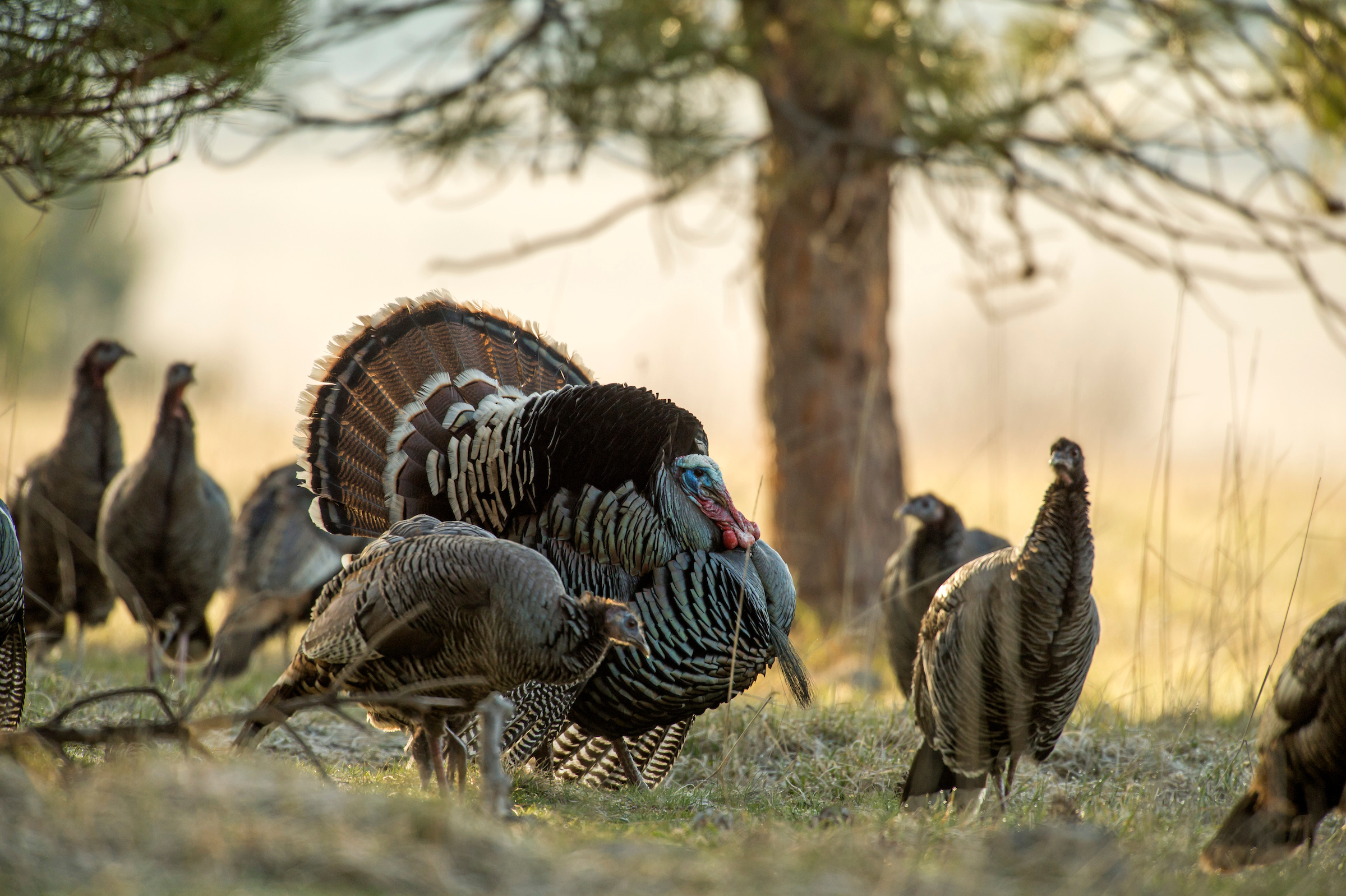
Studies have shown that the hens do not just immediately move on to the next available gobbler. The selection process takes time as they determine the next best option for breeding.
Respected turkey biologist Dr. Mike Chamberlain stated in his presentation to the Alabama Conservation Advisory Board in August of 2021: “Within that group of toms that’s in that picture, there’s one dominant bird. Okay. The other two birds are subordinate to him, and in some cases they can breed and in some cases they cannot breed. And the reason is, testosterone levels from that dominant tom are super high. We see this when we hunt this bird. He’s aggressive. He comes to a decoy. He comes to a call. He’s looking for a fight. That is typically the dominant bird. Those other two birds, their testosterone levels are suppressed because of his presence. And in some cases, research has shown, even if you remove him, those other two toms don’t just suddenly become breeders. Their testosterone levels are maintained lower because he was constantly kicking their tails for months and months and months and, therefore, the testosterone stays low. So just keep that in mind. This notion that, well, you shoot one or one’s dead or gets killed by an owl or whatever and others just step up, well, normally that’s not the way turkeys work.”
Chamberlain also stated: “[A hen] goes back through the checks and balances and says, okay, are you as fit as the guy beside you, and if you’re not, then I’m going to keep looking until I can find a male that I think is fit and I’m going to breed with him and then I’m going to go through this process.”
Further studies have shown that the later a hen nests, the lower the chances for a successful hatch. Chamberlain also references this in his presentation: “The nesting season in this bird is taking way, way too long. It should not take four months for this bird to lay all their clutches and move on. This should be about a 60-day process. We’re routinely seeing it’s twice that across the South … If you put all that kind of together collectively, the science suggests that this activity that we’re doing is contributing to this prolonged nesting effort, and the consequences of it to me seem logical, that you should see declining production. We’re seeing it. You should see low nest success and you should see poor brood survival because you’re scattering these birds across months. And that’s essentially commensurate with the data sets that we have.”
Dr. Mike Chamberlain was using this research to show that we may be starting our hunting seasons too early in the South, but I believe it also supports the idea that a tactic such as fanning, which is extremely effective at killing the dominate breeding gobbler is also hurting nest success. He even went as far to say, “he [the dominate bird] is looking for a fight.” When the best genetic option for breeding has been removed and the nests hit the ground later, there is less of a chance for a successful hatch and poult survival.
Turkey Fanning and Turkey Populations
There’s no way to prove that fanning and reaping are contributing to declining turkey populations, because there are no studies on just how effective reaping is. However, I believe the tactic works well over 50 percent of the time. I have personally reaped two turkeys in my youth (I never will reap a turkey again) and overall have seen the tactic deployed six times. It has worked 100 percent of the time I have seen it attempted. Any tactic that allows hunters to openly approach game in a bare field with no fear of spooking the animal does not satisfy fair chase and will lead to overharvest if adopted by a large faction of the hunting community.
Let’s look at it from a national perspective. Turkey populations peaked nationwide in 2004. The full strut decoy became popularized starting in 2005 with the launch of the Pretty Boy decoy by Knight and Hale and the B Mobil by Primos. Nationwide, turkey populations have steadily declined since that time. Could it be correlated? I think yes, but that is purely speculation on my part. However, here’s an inarguable fact: turkey populations are declining in many core areas of the country. Knowing this, why not set regulations that would increase fair chase ethics in turkey hunting and give more mature breeding toms a chance to survive? Banning fanning and reaping certainly will not hurt turkey numbers, and I’d argue that it would enhance the hunting experience for all.
Historically, turkeys were able to consistently expand and grow in populations even when hunting was introduced. The old way of hunting them seemed to have much less effect than our current methods. Dr. Chamberlain acknowledged this in his presentation as well stating “They’re astounded by the efficiency with which we kill this bird.”
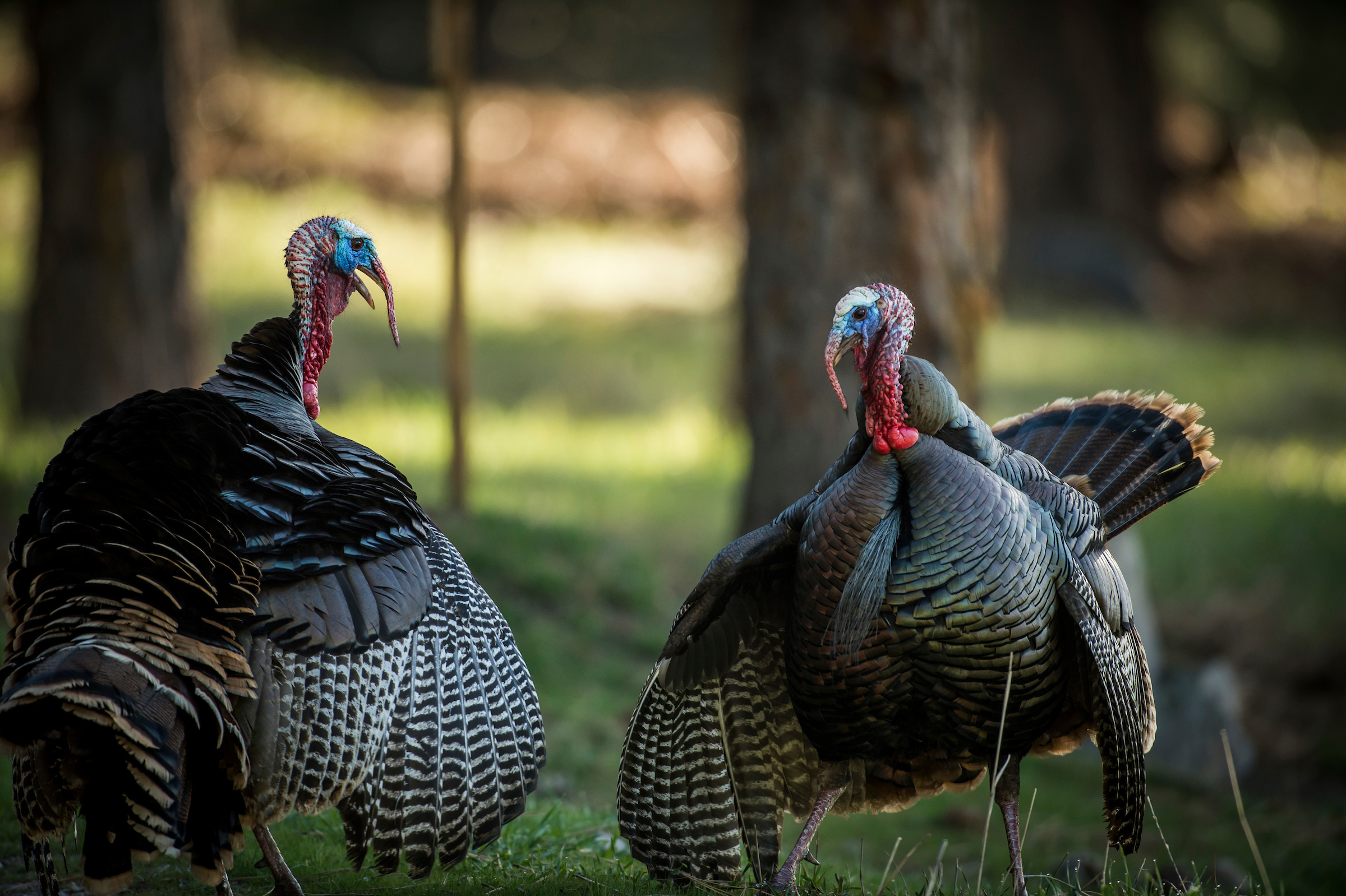
The topic of reaping and fanning will surely continue to be the center of heated online debates, and I personally believe it should be made illegal on all lands nationwide. This does not mean that I think those who reap turkeys are inferior hunters or morally corrupt. I have many friends who use this tactic regularly and although we disagree on it, we still enjoy hunting together. Tennessee will vote in June to hopefully bring this practice to an end in my state. Maybe other states will soon follow suit?
Even in states that have thriving turkey populations, I believe it is necessary to ban fanning and reaping to ensure wild turkeys remain on the landscape for future generations. New Jersey has banned the practice of reaping and they state their reasoning as both for “personal safety and ethical reasons.”
If you would like to express your thoughts to the state of Tennessee on reaping and fanning, you can email TWRA.huntingcomments@tn.gov before May 23 to have your voice heard on the matter prior to their vote. I hope that you write in, and I hope you hang up that fan for good.
Cameron Weddington is a diehard turkey hunter, lifelong Tennessean, and an advocate for the traditional methods of turkey hunting. Follow him on Instagram @thegobfather49.
